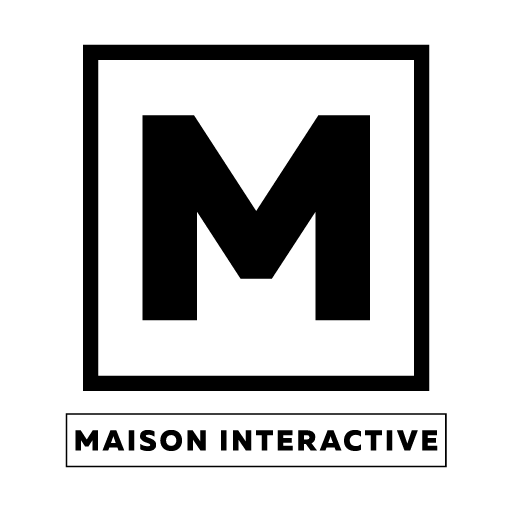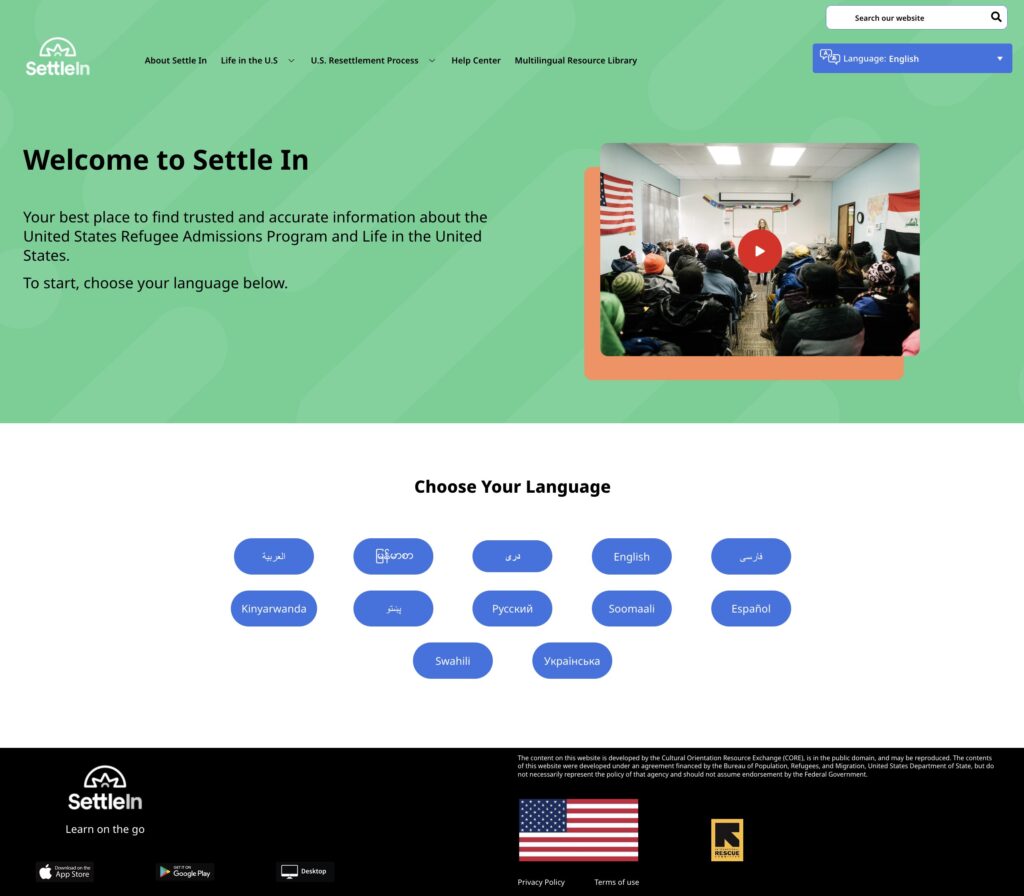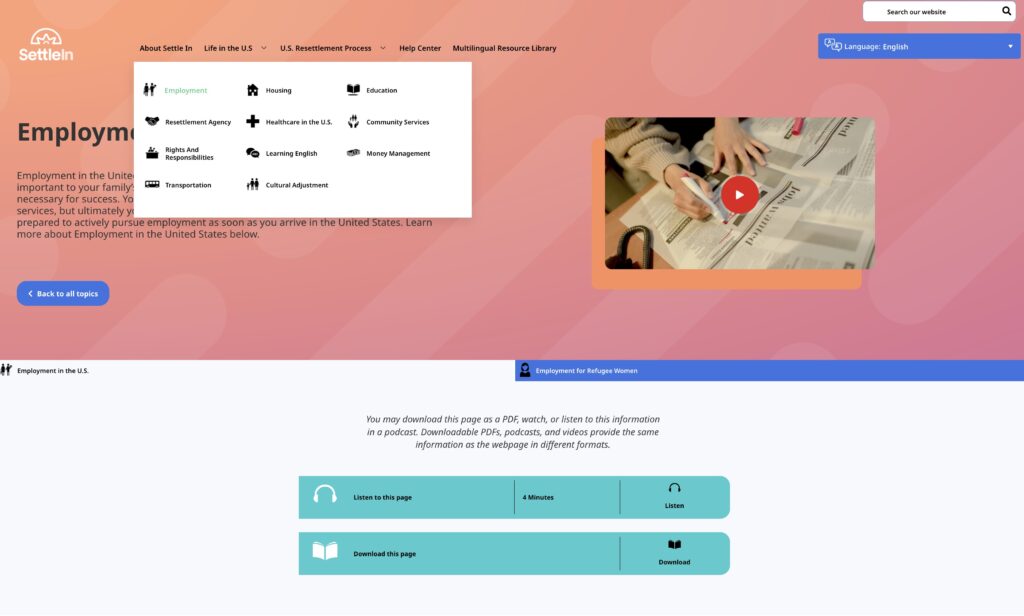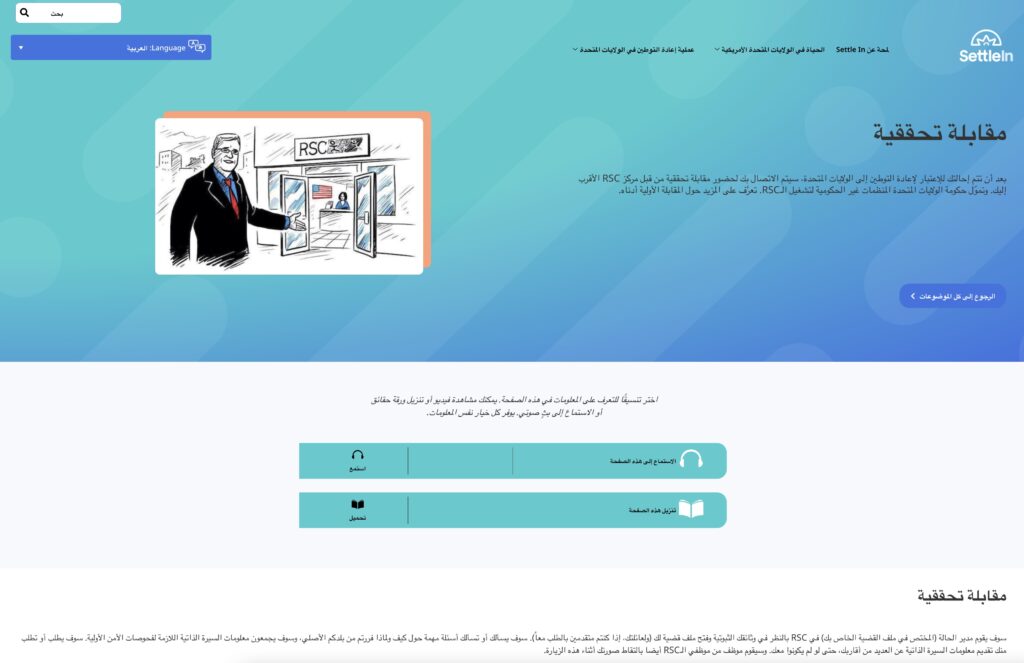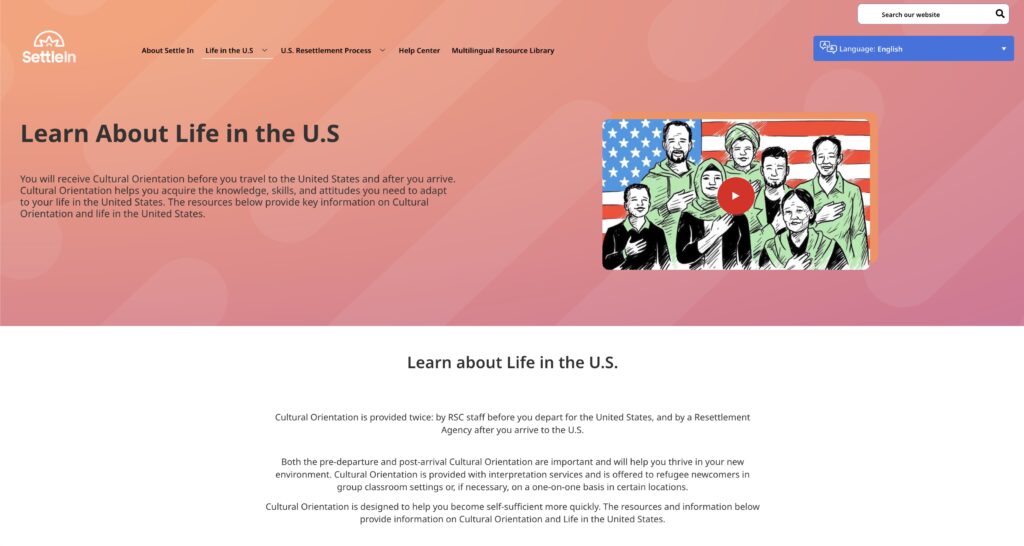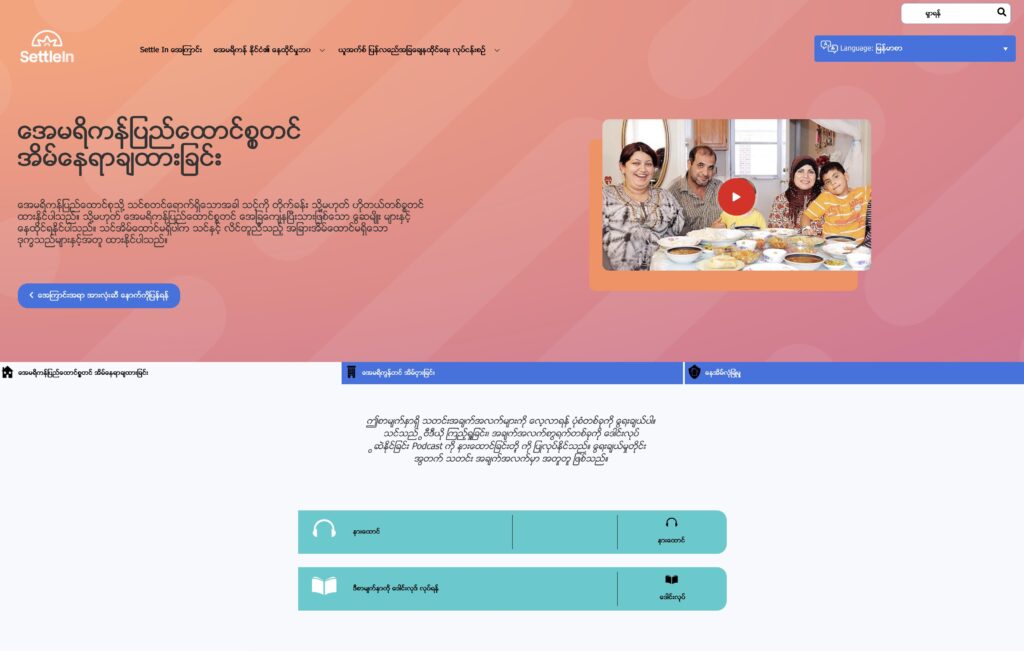Utilizing VR for Preservation of Kenyan Cultural Heritage Sites
MakavaziGo! VR
The National Museums of Kenya's works to safeguard and showcase the country's diverse heritage, fostering education, research, and cultural appreciation for all.
Project Overview
- Client Name: National Museums of Kenya
- Industry: Government
- Website Link: https://museumlearn.co.ke/ https://vr.museumlearn.co.ke/
- Heritage Sites Covered:
- Fort Jesus
- Mnarani
- Thimlich Ohinga
- Jumba la Mtwana
- Takwa Ruins
We teamed up with our friends at the National Museums of Kenya, using the latest technology to bring the vibrant history of the country’s cultural heritage sites to life. Our goal was to make use of Virtual Reality (VR) technology to add an extra spark to Kenyan heritage sites, creating a more meaningful connection between visitors and the fascinating civilizations of the past.


SOUNDS VERY EXCITING!
Project Objectives
The main aim of this project, was to create a super immersive experience that goes beyond the usual ways of exploring heritage sites. Here’s what we were excited about:
- Bringing Kenyan Heritage Sites to Life: Using cool VR tech, our project set out to give visitors an interactive and dynamic experience, breaking free from the usual static displays.
- Thimlich Ohinga Re-enactment: We pulled off something special at Thimlich Ohinga – a re-enactment that brought the site’s history to life. Visitors got to see firsthand how the place looked during its heyday.
- Showcasing Sophistication of Past Civilizations: We wanted to show off just how awesome past civilizations were. Through vibrant and realistic representations, we brought to light the daily life, architecture, and cultural practices at these incredible heritage sites.
Go VR!
Why use VR in the first place?
Virtual Reality serves as a crucial tool in preserving public memory for cultural heritage sites facing the risk of destruction. You can picture VR as our superhero tool for saving the memories of cultural heritage sites in danger. Cultural heritage, being the crystallization of human wisdom with profound cultural, historical, artistic, and scientific values, is considered the common wealth of mankind. Therefore, the use of VR is not only necessary for protection but also for effective inheritance and spreading from generation to generation.
VR Tech and Conservation Magic: Virtual reality technology can establish three-dimensional digital models for material cultural heritage, recording real and accurate shape information and texture information. Researchers can utilize these models for measurement, analysis, and detailed examination of cultural relics without direct contact, aiding in research work. Visitors, through virtual displays and other techniques, can observe cultural relics from various angles, breaking free from the time and space constraints of physical exhibitions. The three-dimensional digital model also provides crucial data support for the restoration and improvement of damaged cultural relics.
Enhancing Visitor Experience: Through VR technology, the three-dimensional model of material cultural heritage can be constructed and displayed in all directions and angles. The multimedia and interactive roaming scenes created by virtual reality technology bring visitors close to cultural heritage, allowing them to feel the historical, cultural, and artistic values of these sites.
Virtual Tours and Accessibility: VR isn’t just about technology; it’s about making things accessible and fun for everyone.VR can be used to create virtual tours of heritage sites, making it possible for people to visit and explore places that may be inaccessible or too distant to visit in person. Furthermore, it enhances understanding and appreciation through interactive experiences. Importantly, VR makes heritage sites more accessible to individuals with disabilities or limitations, ensuring that everyone can partake in the cultural journey.


Conclusion
Overall Impact and Potential: VR is a game-changer in how we experience and connect with heritage. It’s not just about preserving it for the future; it’s about making it exciting and accessible right now. It contributes to the preservation and protection of heritage for future generations while making it more accessible and engaging for people today. By utilizing VR technology, the National Museums of Kenya took a bold step in preserving cultural treasures, making sure the incredible history of Kenyan heritage sites is a story shared and celebrated by people all around the world.
